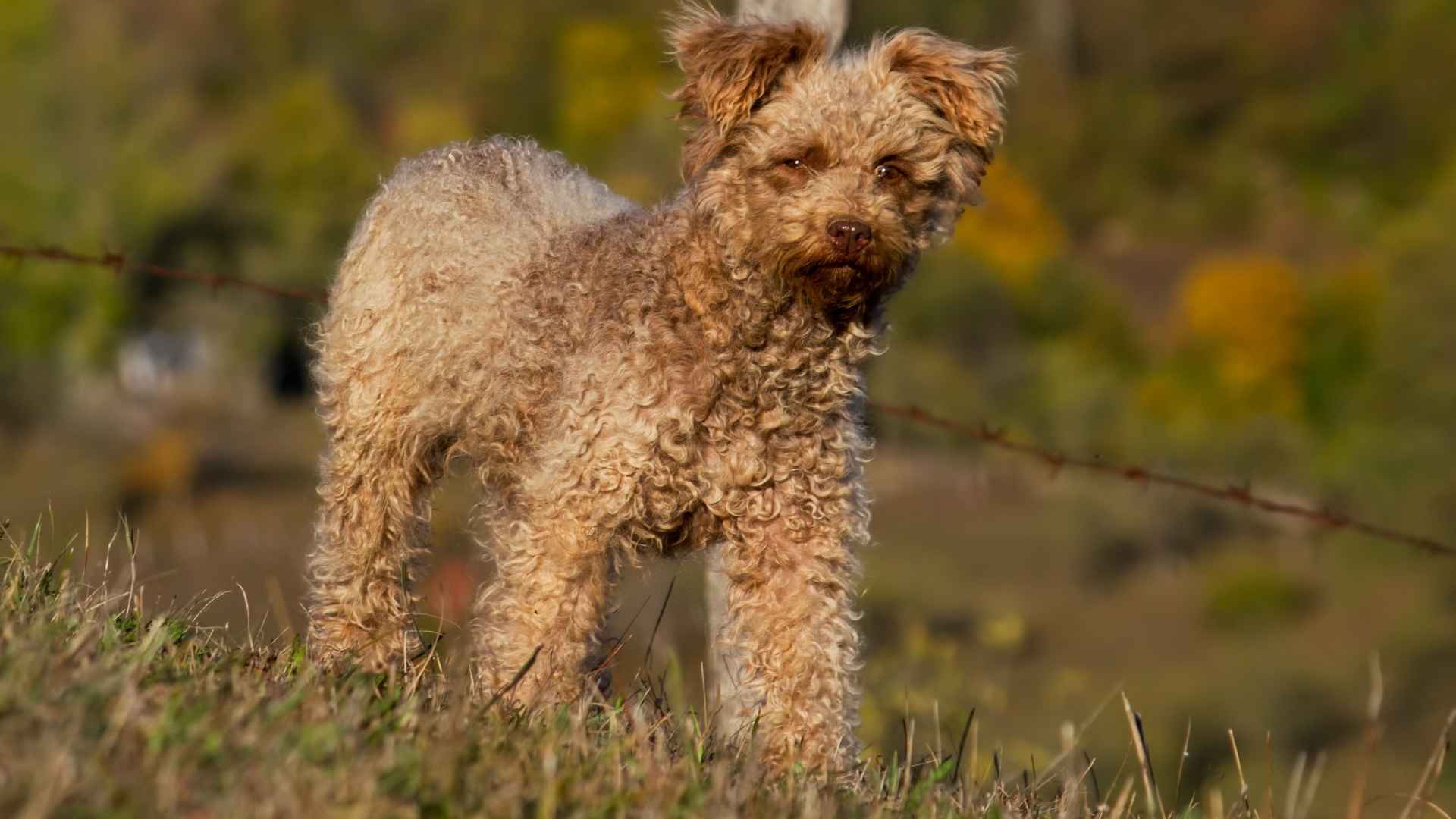Most people only know what they see at the park—Labradors, Bulldogs, German Shepherds. But outside the spotlight, there’s an entire world of rare dog breeds that barely anyone talks about.
Some have ancient stories tied to royalty. Others were bred in quiet corners of the world for specific jobs you’d never guess. These dogs don’t pop up on social media often, and that’s exactly what makes them fascinating.
If you love standing out or just enjoy discovering what most people overlook, these medium dog breeds might surprise you. This isn’t a list of “cool dogs.” It’s a look into the unique, hidden side of the dog world that’s usually left out.
Rare Medium Dog Breeds
1. Mudi
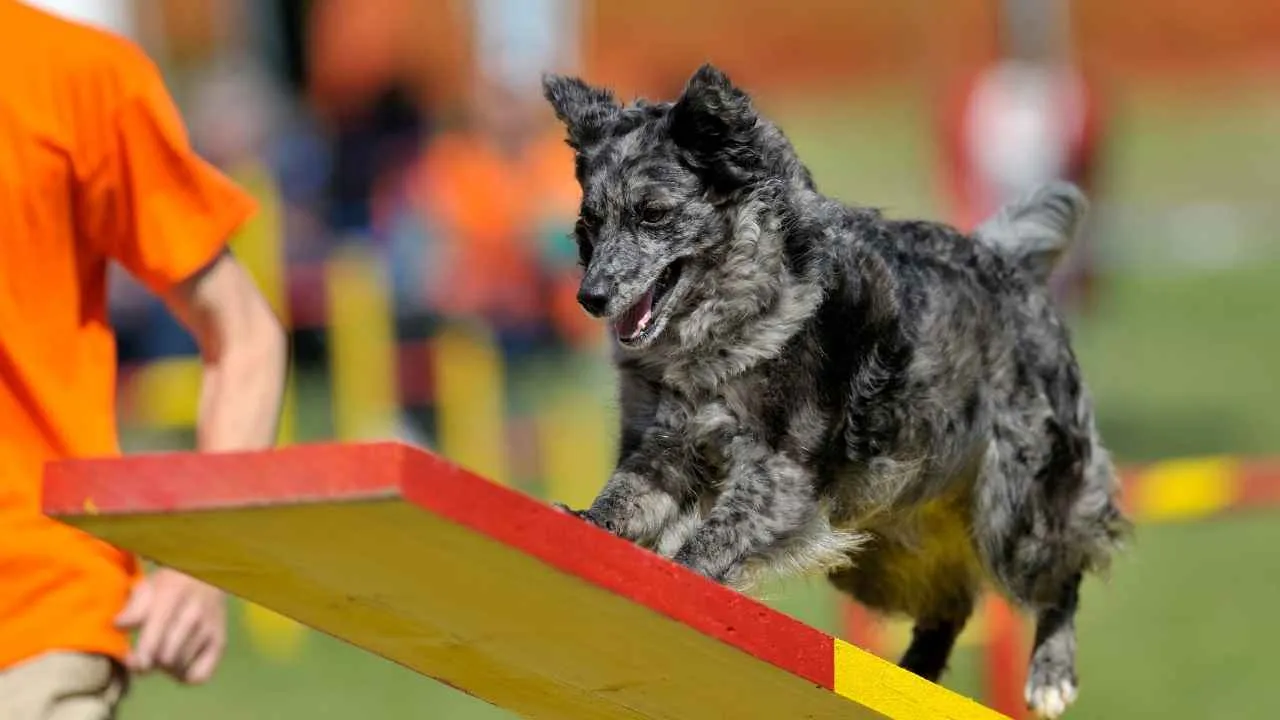
The Mudi reads its environment with striking accuracy, shifting effortlessly from alert silence to motion the moment it senses imbalance. This makes it highly efficient on unpredictable terrain or during sudden herd movement. It’s a breed that doesn’t hesitate; it reads, decides, and acts.
Agile Without Being Restless
Their energy isn’t scattered—it’s directed. A Mudi’s movements are compact and efficient, ideal for long working hours without mental burnout. That focus makes them responsive partners, not just fast movers.
Rare Instinctive Precision
Among rare dog breeds, the Mudi stands out for its ability to combine sensory sharpness with task clarity. It’s often said to respond more to movement than to voice, making it valuable where sound control matters. Visual queues trigger instant behavioral shifts, especially in herd-focused settings.
Deep-Rooted Work Ethic
Bred in Hungary as a versatile farm dog, the Mudi isn’t defined by one task, as mentioned in the AKC. It tracks, alerts, and organizes—without ever overwhelming the animals around it. It’s a silent contributor, shaped more by instinct than training drills.
2. Kooikerhondje

The Kooikerhondje shows a unique sensitivity to motion, especially in controlled environments like canals or narrow paths. It was originally bred in the Netherlands to lure ducks into traps using subtle tail flicks. This instinct still lingers, giving it a near-hypnotic response to small, fast movement.
Emotionally Tuned Without Being Needy
They’re perceptive without constantly seeking validation. This emotional balance makes them excellent companions in calm homes where space and quiet matter. They pick up on tone and posture with surprising depth, adjusting their behavior accordingly.
Refined but Purpose-Driven
Though small-boned and elegant, this is no decorative breed. In the field, their sharpness is immediate—rapid decision-making and burst speed show a focused working history. The rare breed status has preserved this intensity through careful, purpose-based breeding.
Compact Efficiency Over Flash
They don’t rely on noise or drama to complete tasks. The Kooikerhondje prefers tight, calculated movements that align with its waterfowl-luring roots. As a unique dog breed, its rhythm, purpose, and visual communication set it apart from more vocal or force-driven workers.
3. Pumi
Pumis are intensely sound-aware, capable of distinguishing the pitch and urgency in human and animal voices. This trait makes them particularly responsive to nuanced commands in busy or noisy environments. It’s not just hearing; it’s interpretation through tone and rhythm.
Tension-Reading Body Language
A Pumi doesn’t charge forward—it reads posture. Horses shifting weight, sheep slowing pace—these are signals, not just sights. That subtle decoding ability reduces unnecessary movement and keeps energy output efficient.
Flexible Build With Springy Movement
Compact but spring-loaded, the Pumi uses vertical bounce as part of its herding technique. This motion isn’t erratic—it’s calculated, helping it gain visual perspective over low or obstructed ground. Among athletic dogs, this spring gait is one of the most distinctive.
Task-Loyal With Self-Driven Momentum
Focused on the work more than the handler, the Pumi performs best when given defined roles. That makes them one of the most self-starting yet deeply loyal dogs, especially in environments that require repetition with precision. As an energetic dog, it thrives with consistent physical and cognitive engagement.
4. Thai Ridgeback
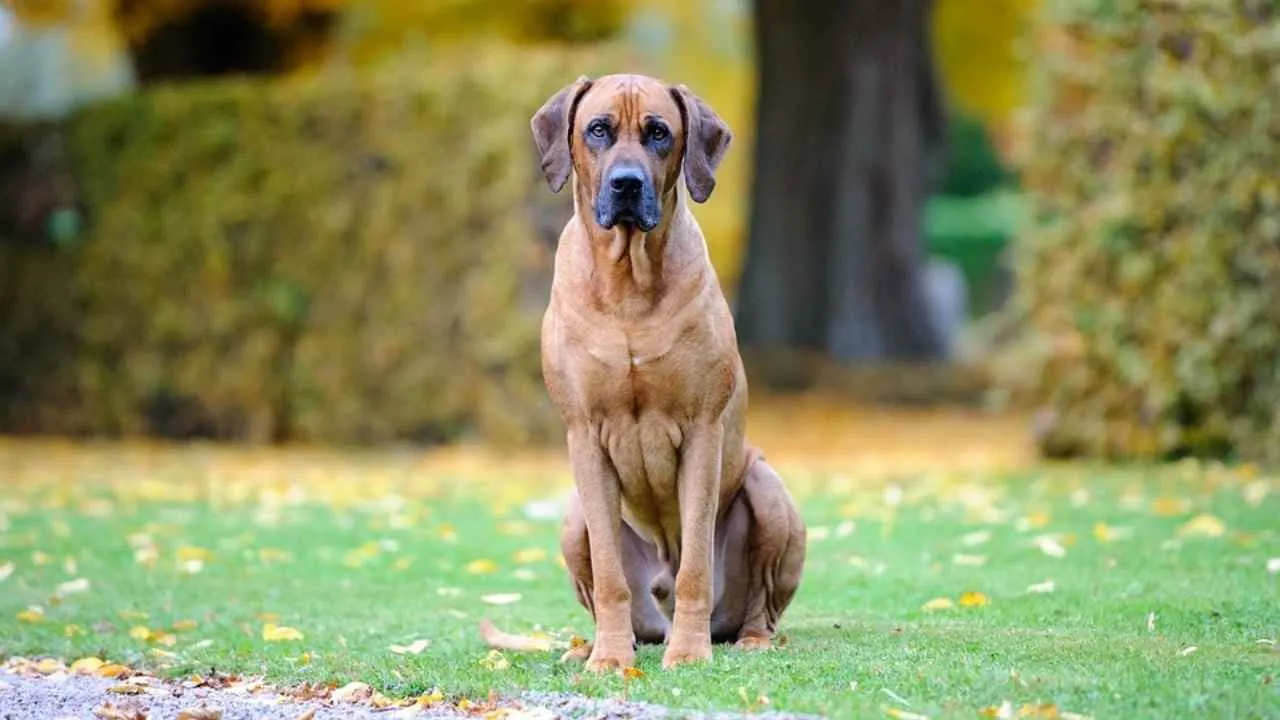
The Thai Ridgeback developed in semi-feral conditions across rural Thailand, where dense forests and rough paths demanded a self-reliant mover. Its tucked abdomen, arched loin, and upright stance contribute to its spring-loaded agility. This isn’t ornamental structure—it’s survival-built anatomy.
Decision-Making Without Constant Cues
Unlike breeds shaped through tight handler dependency, the Ridgeback responds best to minimal interference. It makes situational calls on its own, which is exactly why it functioned for generations as a perimeter guardian. You train boundaries, not micromanage commands.
Defensive Without Overreaction
Its guarded nature doesn’t mean reactivity—it means controlled evaluation. It assesses before it moves, using stillness as its first response when strangers approach. That level of restraint isn’t typical in most dogs with protective wiring.
Loyalty That Doesn’t Demand Attention
These aren’t devoted dogs in the clingy sense. Loyalty shows up in the way they watch from a distance, stay within sight, and stand their ground when something’s off. Among many rare dog breeds, this aloof-but-present temperament offers both independence and assurance.
5. Norwegian Lundehund
The Norwegian Lundehund has six toes on each foot, giving it an unmatched grip on jagged surfaces, as highlighted by PetMD. Its neck bends backward until the head touches the spine—an anatomical trait not seen in other dogs. This was once essential for raiding puffin nests tucked deep in cliffside crevices.
Compact, Controlled Movement
It doesn’t barrel through space—it slips through it. With flexible shoulder joints and extreme spine mobility, the Lundehund moves through tight, awkward angles without hesitation. This makes it surprisingly agile indoors and in dense, uneven landscapes.
Rare Behaviors from Isolated Breeding
As one of the world’s rarest dog breeds, its behavior still reflects its survivalist roots. It stores food instinctively, often hiding meals in corners or under furniture without being taught. Even today, it displays rotational sleeping positions to preserve body heat.
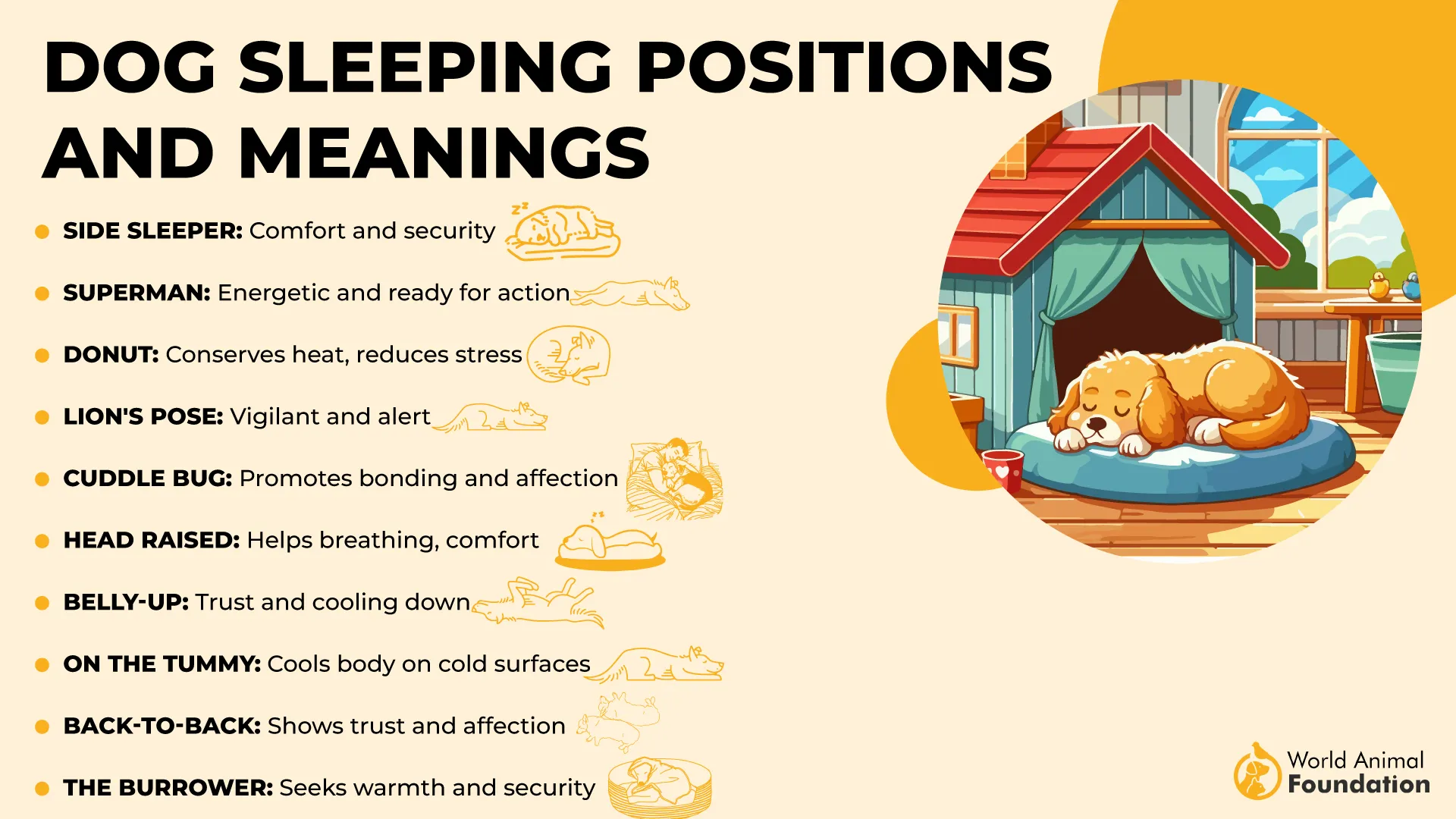
Demands for Mind Engagement
Their pattern recognition is subtle—they don’t respond well to rote tasks, but to shifting patterns and challenges. Games that require mental stimulation hold their attention longer than obedience routines. Among intelligent dogs, this one doesn’t perform to impress—it interacts to investigate.
6. Lagotto Romagnolo
The Lagotto Romagnolo has been selectively bred for one task: truffle hunting, as mentioned in Dogs Today Magazine. This requires pinpoint scenting ability with sustained ground focus, unlike air-scenting search dogs. Their olfactory sensitivity is so refined that soil disturbances trigger immediate investigation.
Weather-Ready Coat Functionality
Its dense, curly coat isn’t aesthetic—it insulates against cold water and resists dense underbrush. Originally used in swampy terrain, the coat traps warmth without retaining moisture. Maintenance isn’t for show but for preserving functionality in rough, damp conditions.
Instinct for Independent Searching
Rather than constantly checking in with handlers, this breed favors silent, sweeping search patterns. It works in arcs, triangulating odor zones without breaking focus. That autonomous tracking behavior is rarely seen in other breeds of similar size.
Emotional Sensory Sensitivity
The affectionate nature of the Lagotto isn’t limited to humans—it reads mood and energy with unusual depth. It’s not reactive, but responsive, adjusting its pace and space naturally. A truly unique breed, it blends a tactile work ethic with rare emotional attunement.
7. Canaan Dog
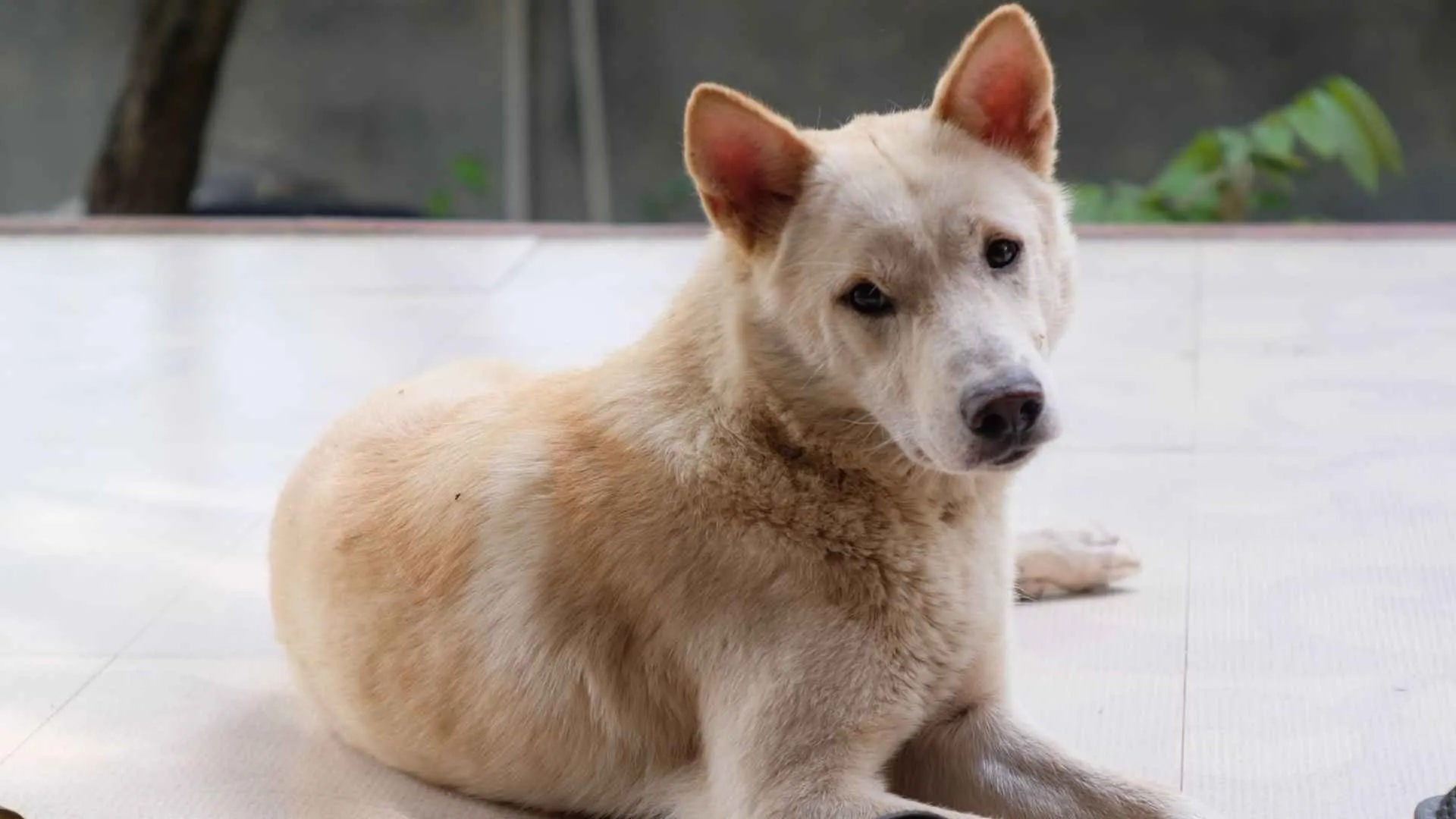
Canaan Dogs scan before they step—each movement calibrated to terrain, scent, and sound. Originating from desert survival, they anticipate threats with a silent, still posture before reacting. Their alertness isn’t reactive—it’s a waiting calculation.
Autonomous Without Drifting
They don’t linger near handlers, yet they don’t wander aimlessly either. Canaan Dogs work in proximity, constantly checking in through subtle glances or posture shifts. It’s a quiet collaboration built on mutual observation, not constant commands.
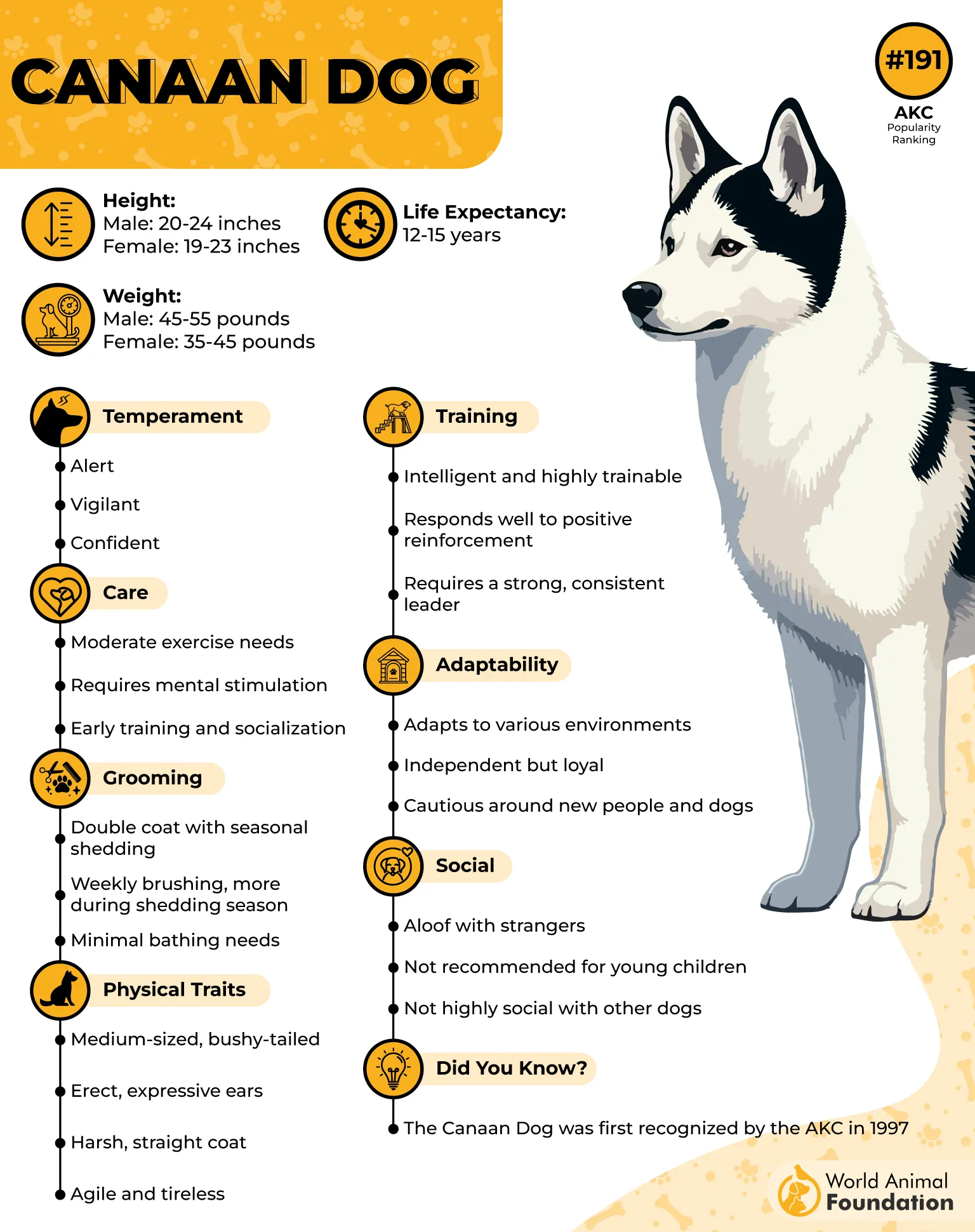
Desert-Adapted Intelligence
As one of the oldest medium-sized dogs developed for natural guarding and herding, the Canaan relies heavily on instinctive boundaries. In open land, they choose high ground, watching without pacing. Their decisions mirror survival patterns, not domesticated repetition.
Singular Purpose Around Property
Used historically to watch over scattered livestock and warn against intrusions, they’ve maintained that edge. Among guard dogs, few act as both an alert signal and an independent patroller without agitation. This gives them a rare steadiness in remote or low-human areas.
Conclusion
There’s no formula for why a rare breed stays with you, but it does. It might be the shape of its gait, or the calm way it holds its ground.
It might be the smooth coat that hides a storm of energy underneath, or the unspoken loyalty in a glance. These dogs weren’t built to blend in. They were made for hills, lakes, narrow cliffs, and long silences. Some, like ancient herding dogs, still work without sound.
Others, like those with webbed feet, move like they’ve memorized the land. When you meet one, it doesn’t feel new—it feels like something you’ve always known.
Just make sure, when that time comes, you find your dog through someone who respects where it came from. Start with a reputable breeder. That’s how real stories begin.


